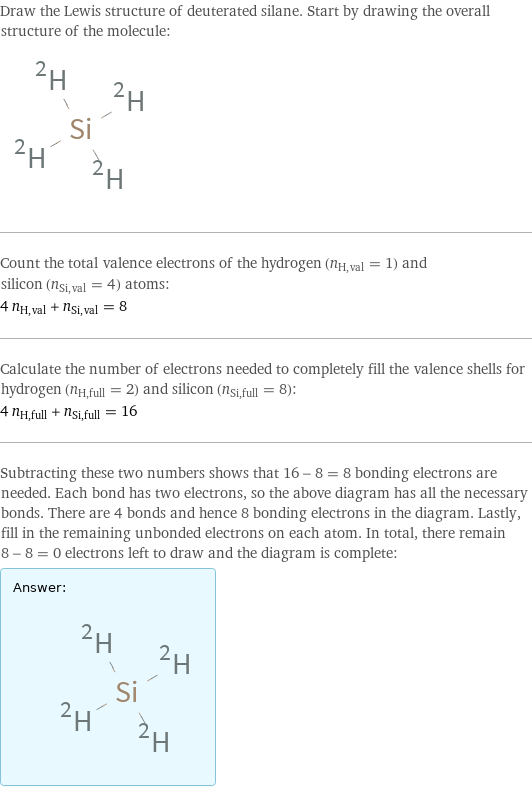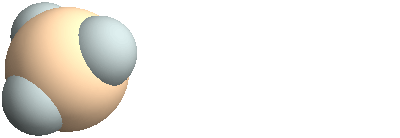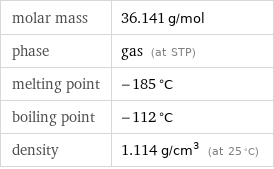Input interpretation

deuterated silane
Chemical names and formulas

formula | SiD_4 Hill formula | D_4Si name | deuterated silane IUPAC name | tetradeuteriosilane alternate names | silane-d4 | tetradeuteriosilane mass fractions | Si (silicon) 0.777% | H (hydrogen) 0.223%
Lewis structure

Draw the Lewis structure of deuterated silane. Start by drawing the overall structure of the molecule: Count the total valence electrons of the hydrogen (n_H, val = 1) and silicon (n_Si, val = 4) atoms: 4 n_H, val + n_Si, val = 8 Calculate the number of electrons needed to completely fill the valence shells for hydrogen (n_H, full = 2) and silicon (n_Si, full = 8): 4 n_H, full + n_Si, full = 16 Subtracting these two numbers shows that 16 - 8 = 8 bonding electrons are needed. Each bond has two electrons, so the above diagram has all the necessary bonds. There are 4 bonds and hence 8 bonding electrons in the diagram. Lastly, fill in the remaining unbonded electrons on each atom. In total, there remain 8 - 8 = 0 electrons left to draw and the diagram is complete: Answer: | |
3D structure

3D structure
Basic properties

molar mass | 36.141 g/mol phase | gas (at STP) melting point | -185 °C boiling point | -112 °C density | 1.114 g/cm^3 (at 25 °C)
Units

Gas properties (at STP)

density | 1.114 g/cm^3 (at 25 °C) molar volume | 32.44 cm^3/mol
Units
